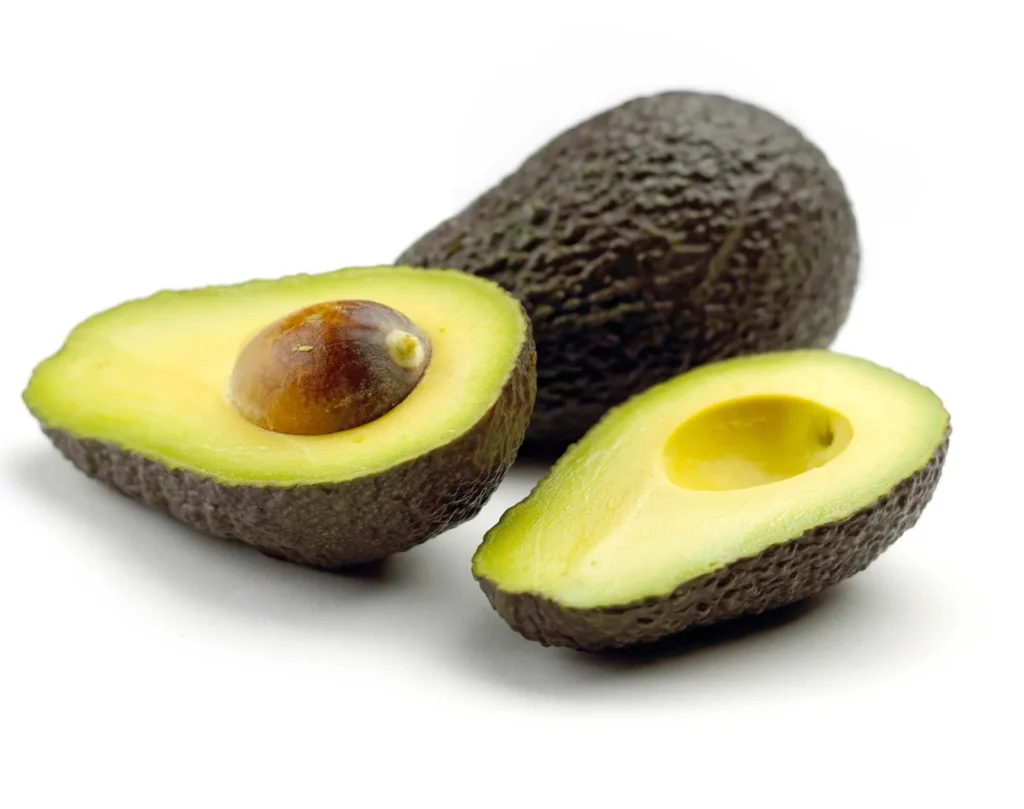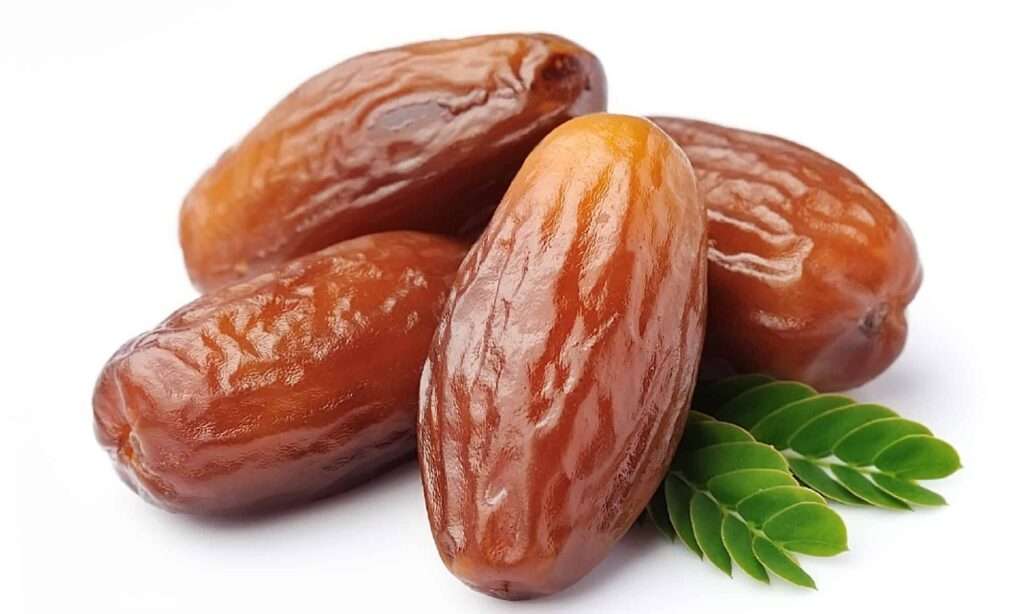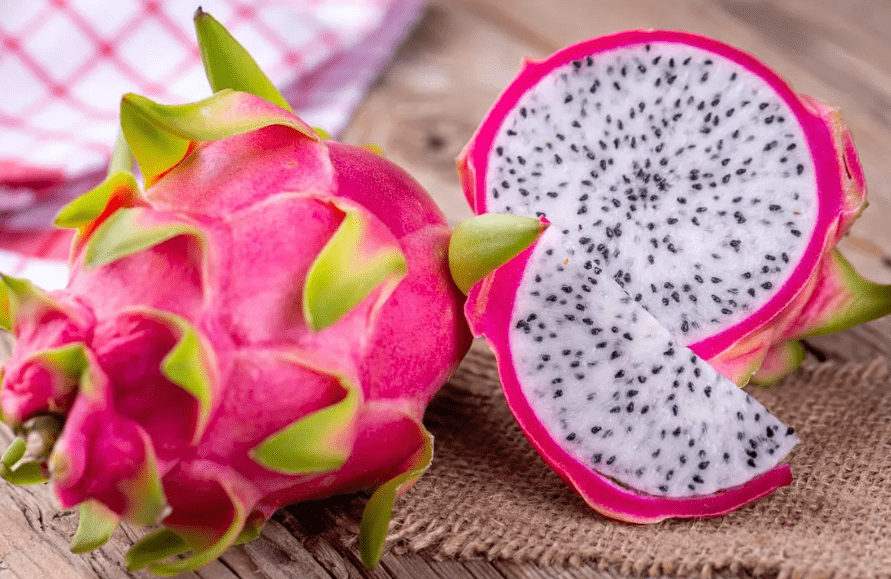
Description
The seeds are contained within the drupe-like fruits’ huge, flat pits. The fruit, which resembles a peach in appearance, is nearly smooth when ripe, round to rectangular in certain types, slightly flattened, and little to no hairy. Usually, the flesh is a rich yellow to yellowish orange colour. Several cultivars have tasty seeds (also known as kernels), however unroasted seeds are toxic.
The fruit is a 1.5–2.5 cm diameter and is a drupe fruit.
Apricot Varieties
Apricots come in literally dozens of different types. Choose 11 varieties to grow because they ripen in succession, giving us luscious apricots from late spring through mid-summer. The following are some varieties:
- Tomcot
- Goldstrike
- Goldbar
- Rival
- Other Varieties
Hargrand, an Ontario-bred huge, juicy, flavorful variety ideal for the fresh market, has generated some interest. Likewise, Harogem, Harlayne, and Harglow.
The medium-sized orange apricot 2E-15-5 has a great flavour, is rather firm, and is easy to handle. When the colour has fully grown, it must be selected. shortly before Tilton reaches maturity. This PARC-Summerland option has generated some interest.
- Older Varieties
According to current marketing trends, varieties including Tilton, Wenatchee/Moorpark, Skaha, and Goldrich are not advised for planting in commercial trends.

Uses
They are canned or dried for preservation and can be consumed raw or cooked. The fruit is also frequently used to flavouring liqueurs and is widely processed into jam. Apricots are rich in natural sugar and a strong source of vitamin A. A great source of iron is dried apricots.
Nutrition
A whole, fresh apricot contains 17 calories, Less than 1 gram of protein, 4 grams of carbohydrates. 1 gram of fiber and 3 grams sugar.
Vitamin A and beta-carotene are abundant in apricots despite their modest fat content. To prevent cell deterioration, these substances work as antioxidants.
Cultivation
Peaches, plums, and apricots can easily be intergrafted, and apricots are propagated by budding on peach or apricot rootstocks. The tree thrives in loamy soil that is well-drained, ideally light rather than heavy. The majority of cultivars can endure the winter cold just as well as peaches, but because their blossom buds develop earlier, late freezes frequently kill them. The trees can withstand drought well and, in ideal growing conditions, can survive for 100 years or more.
Table





